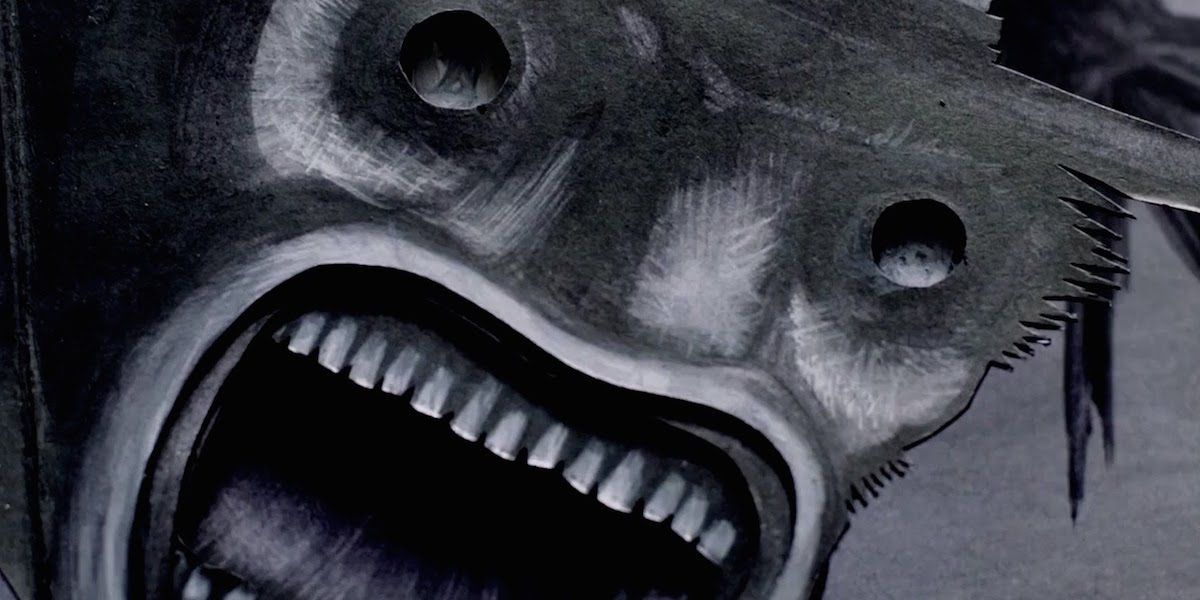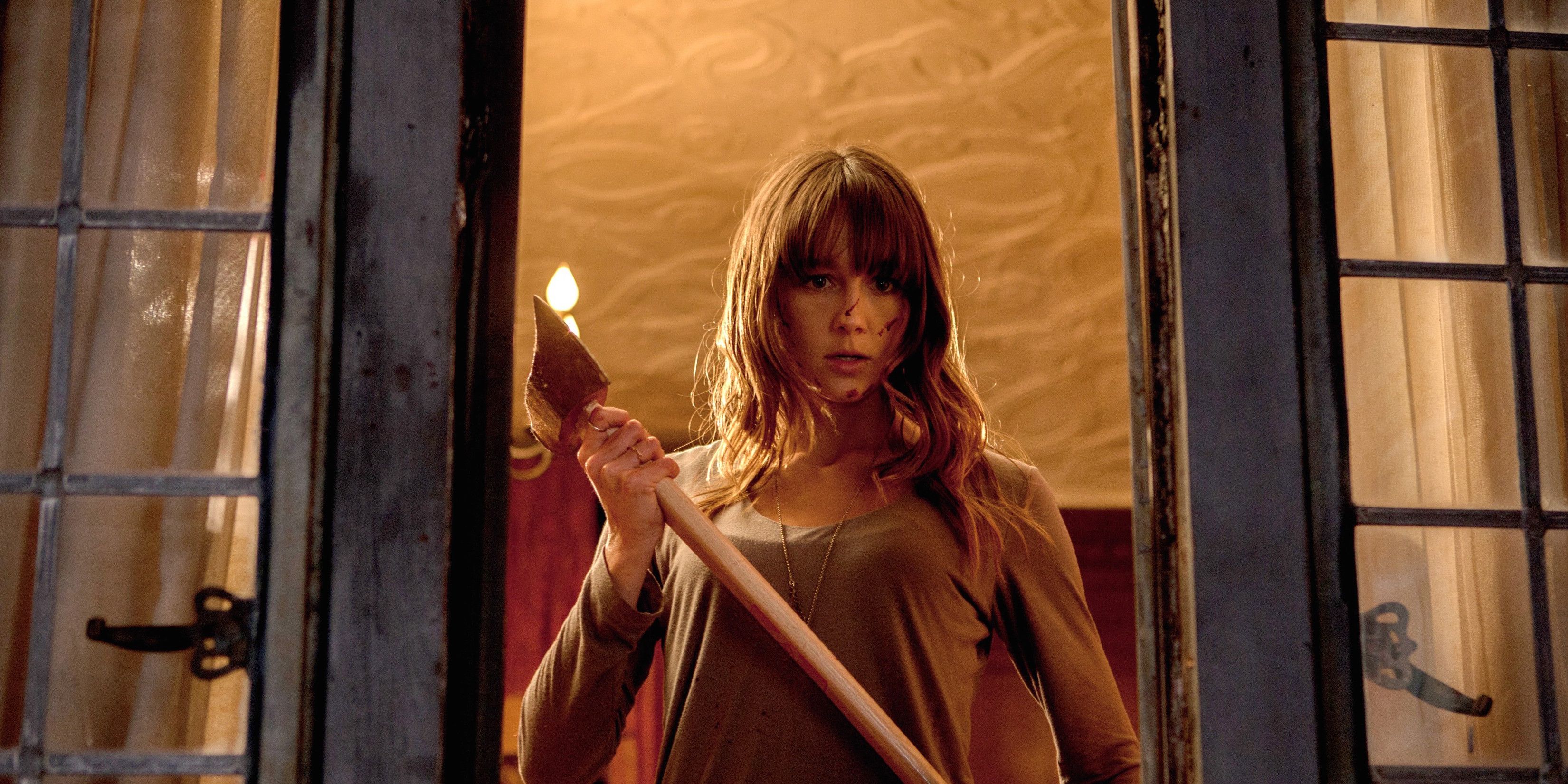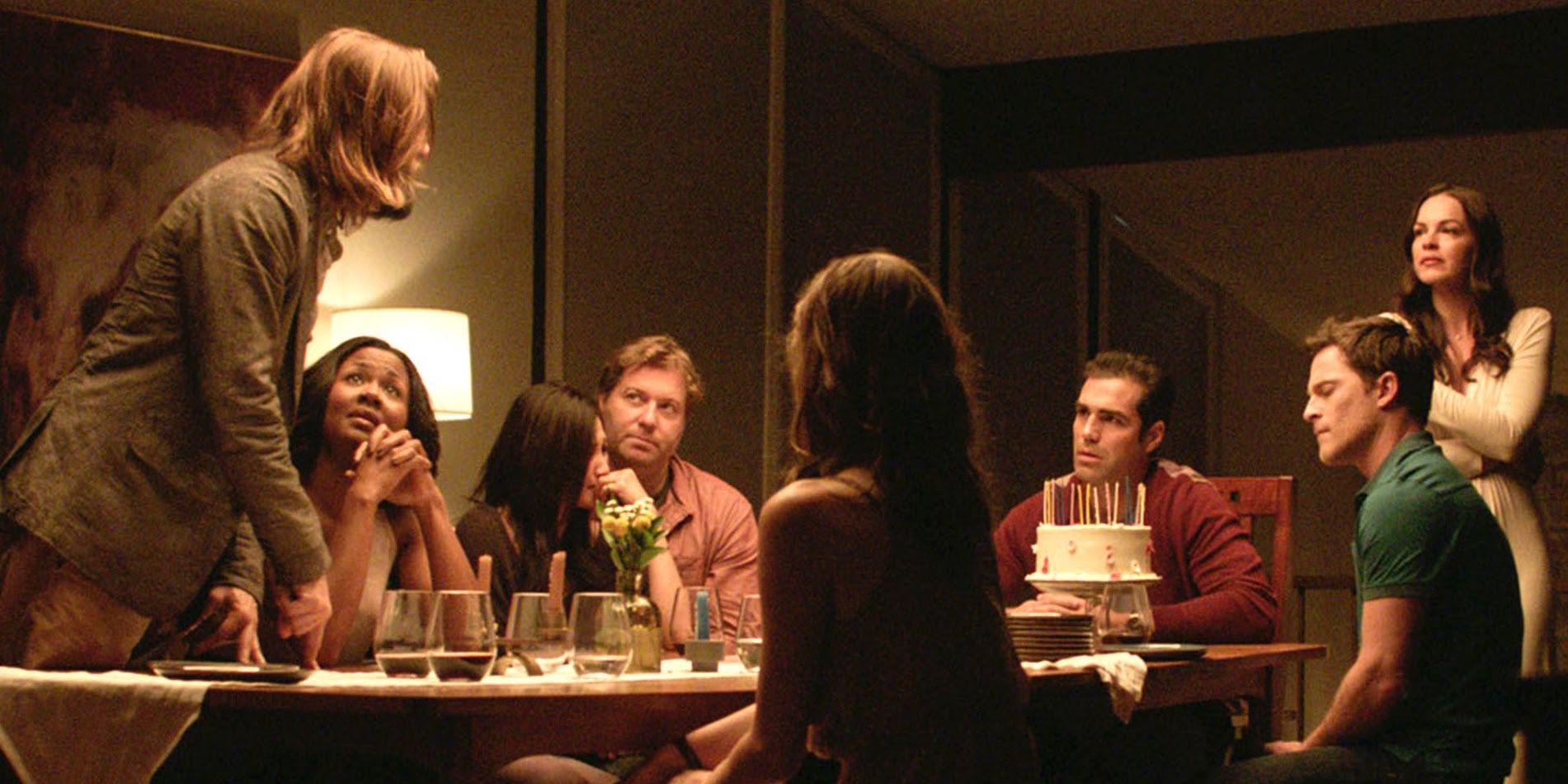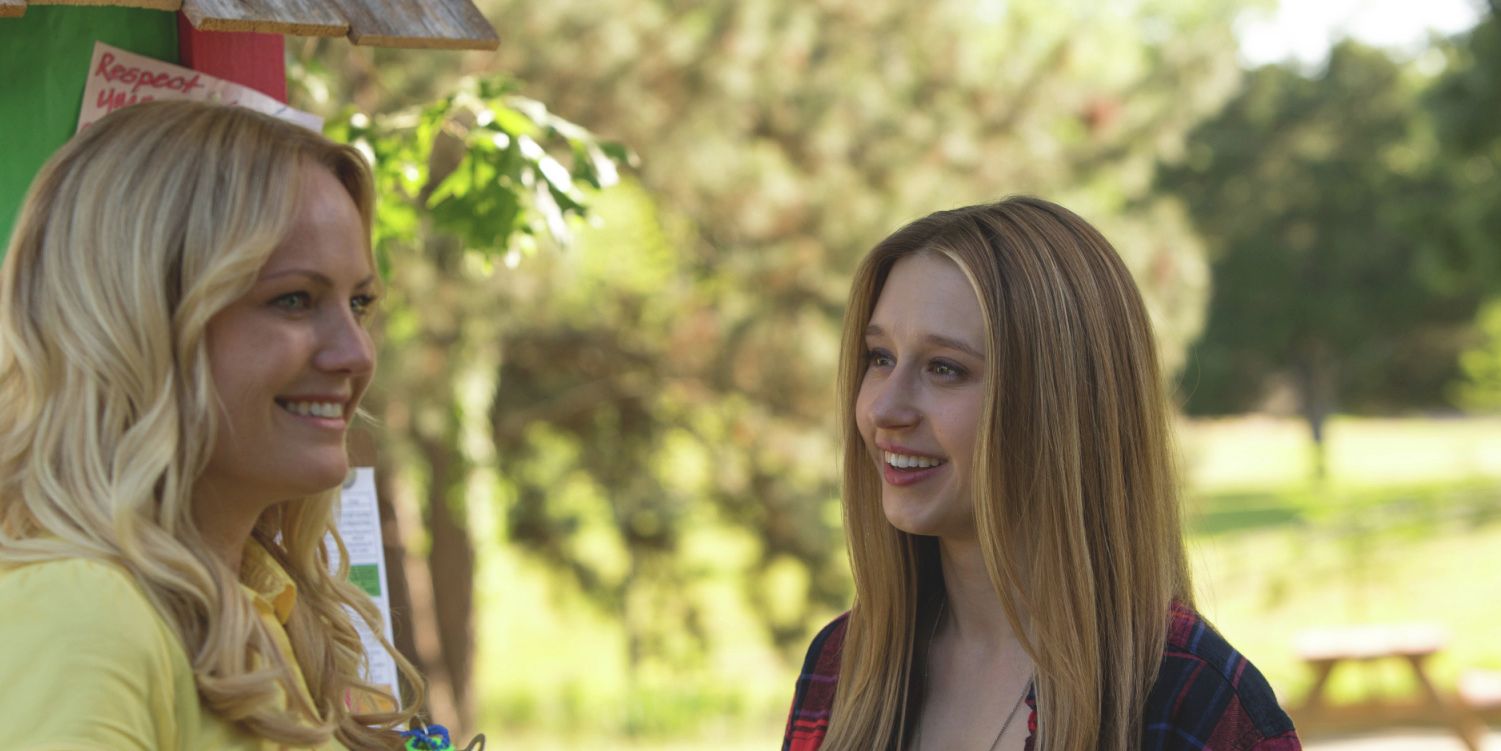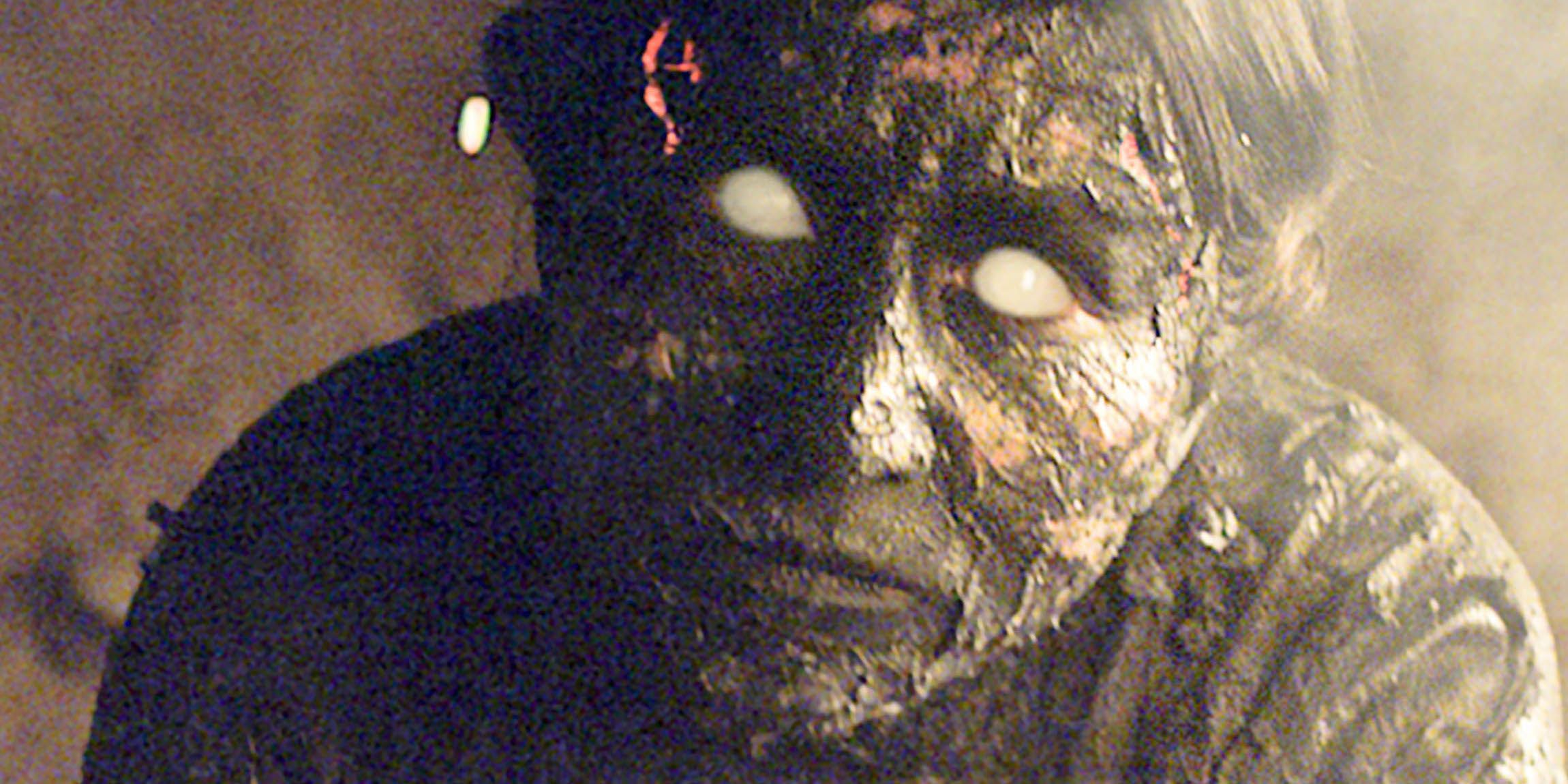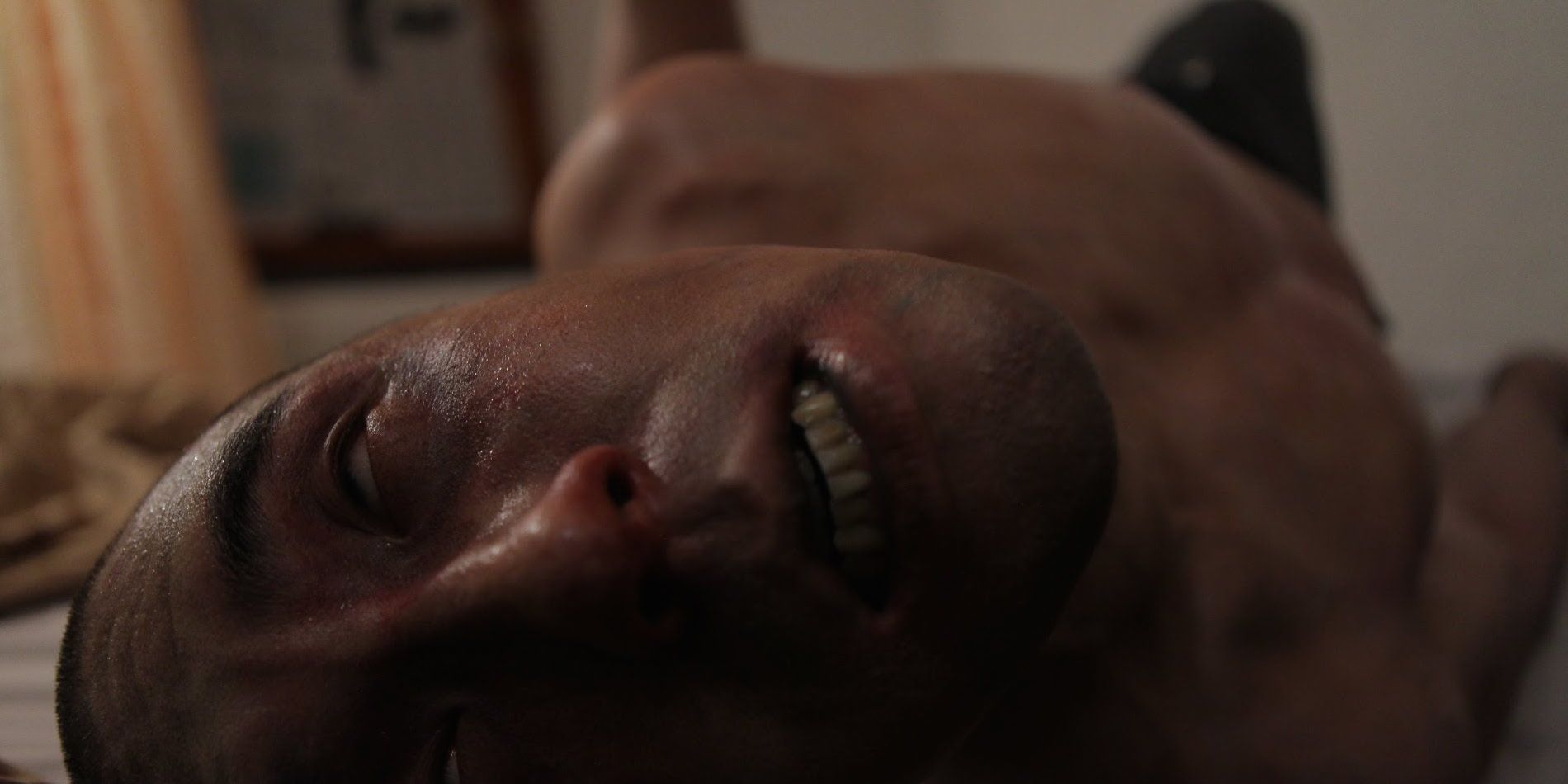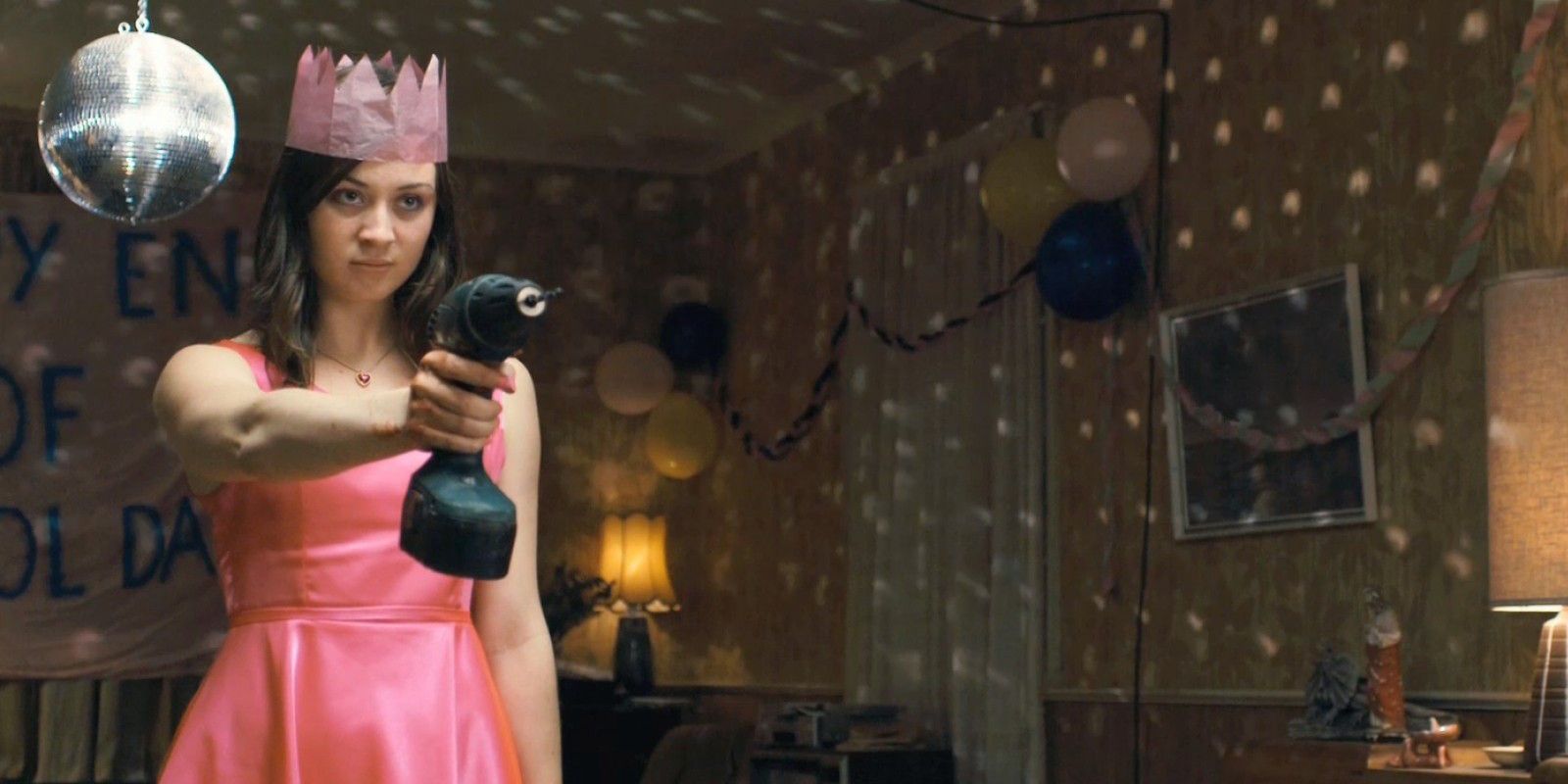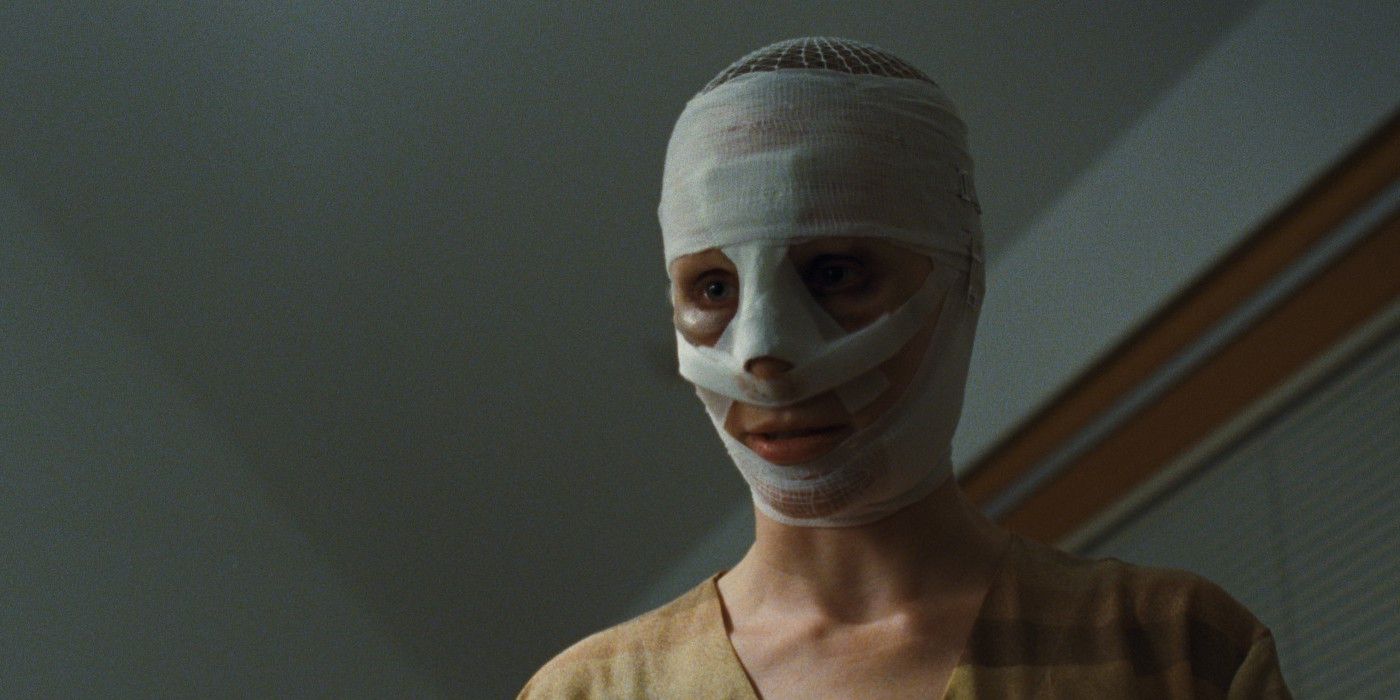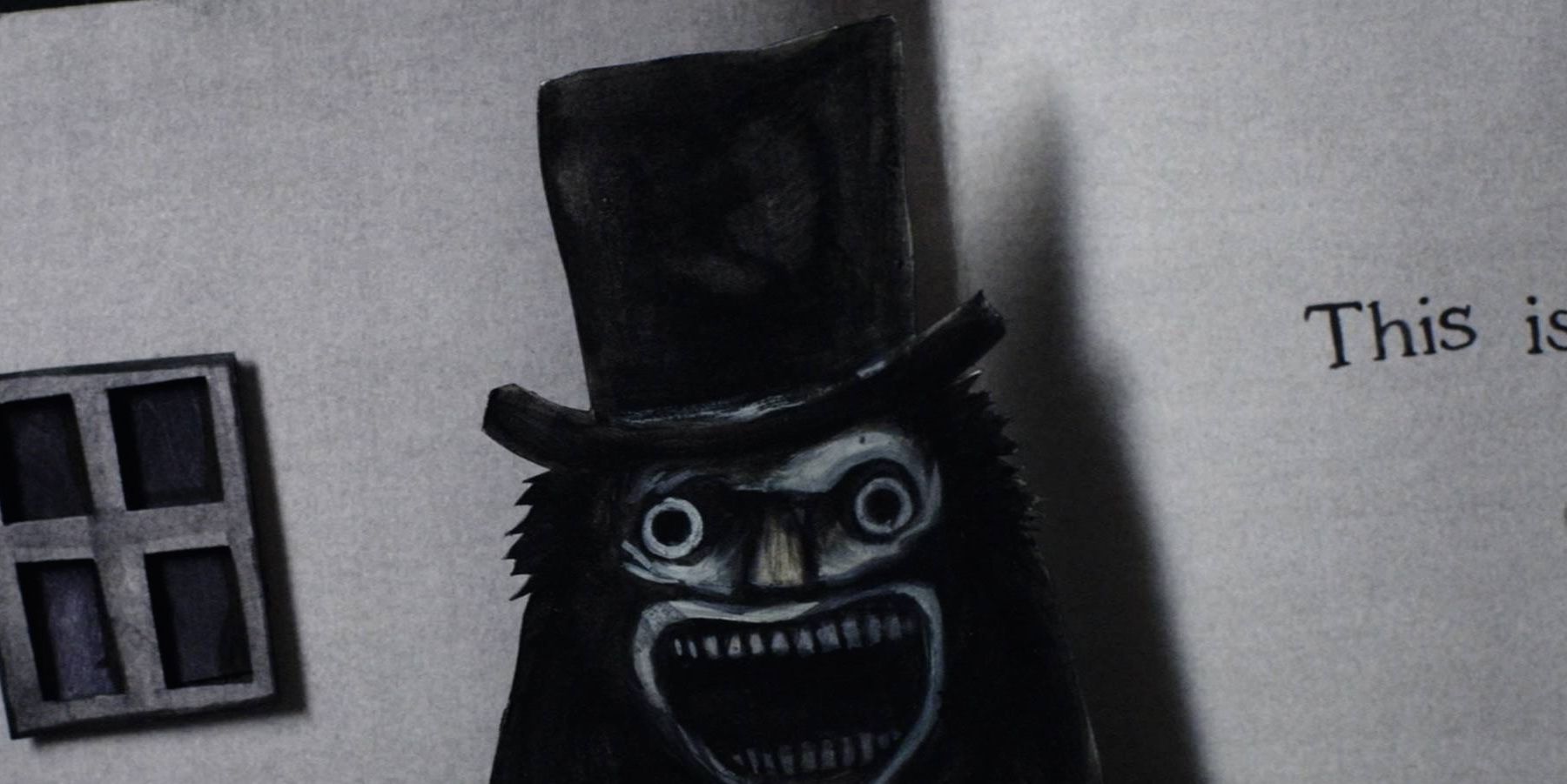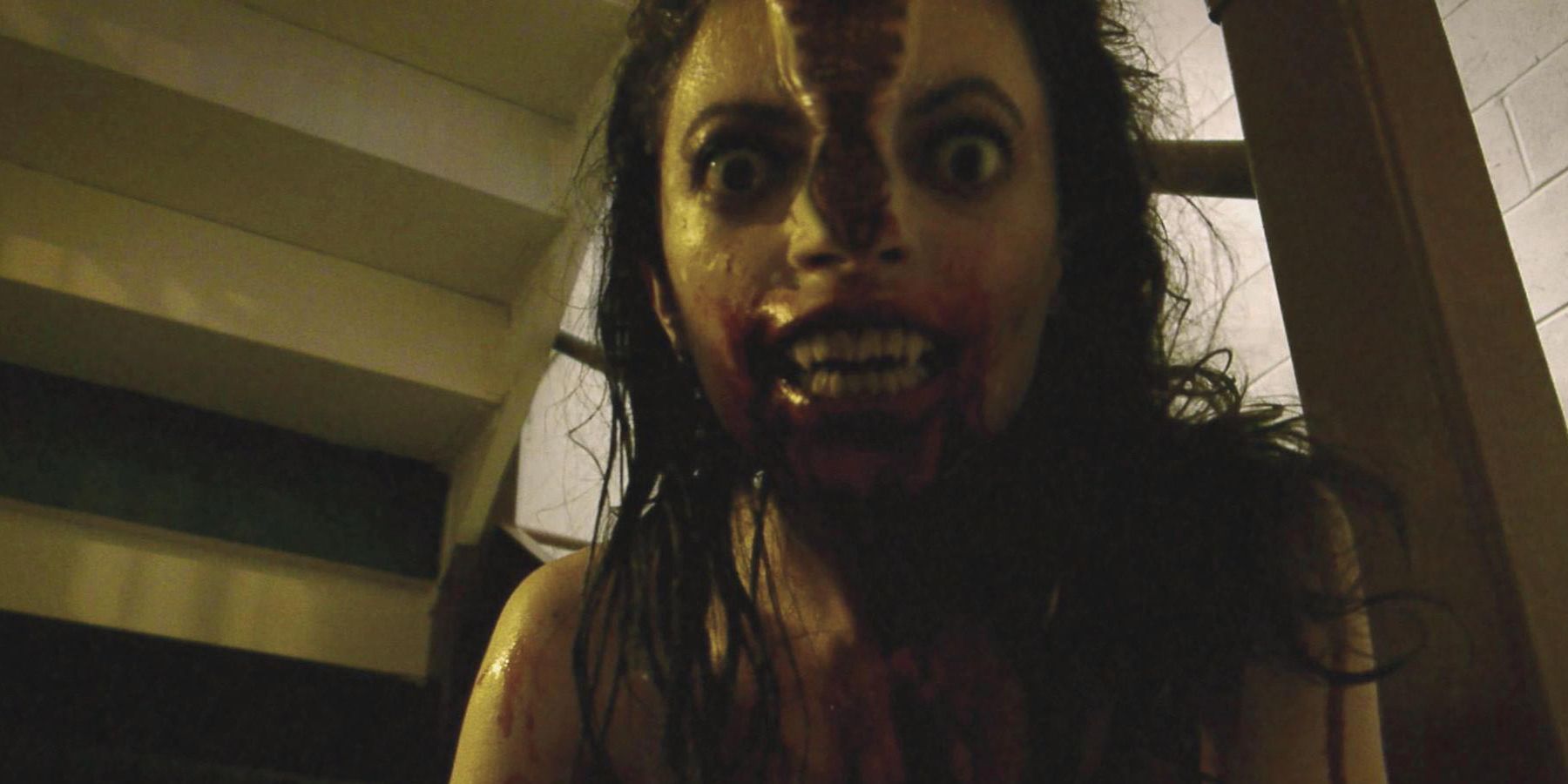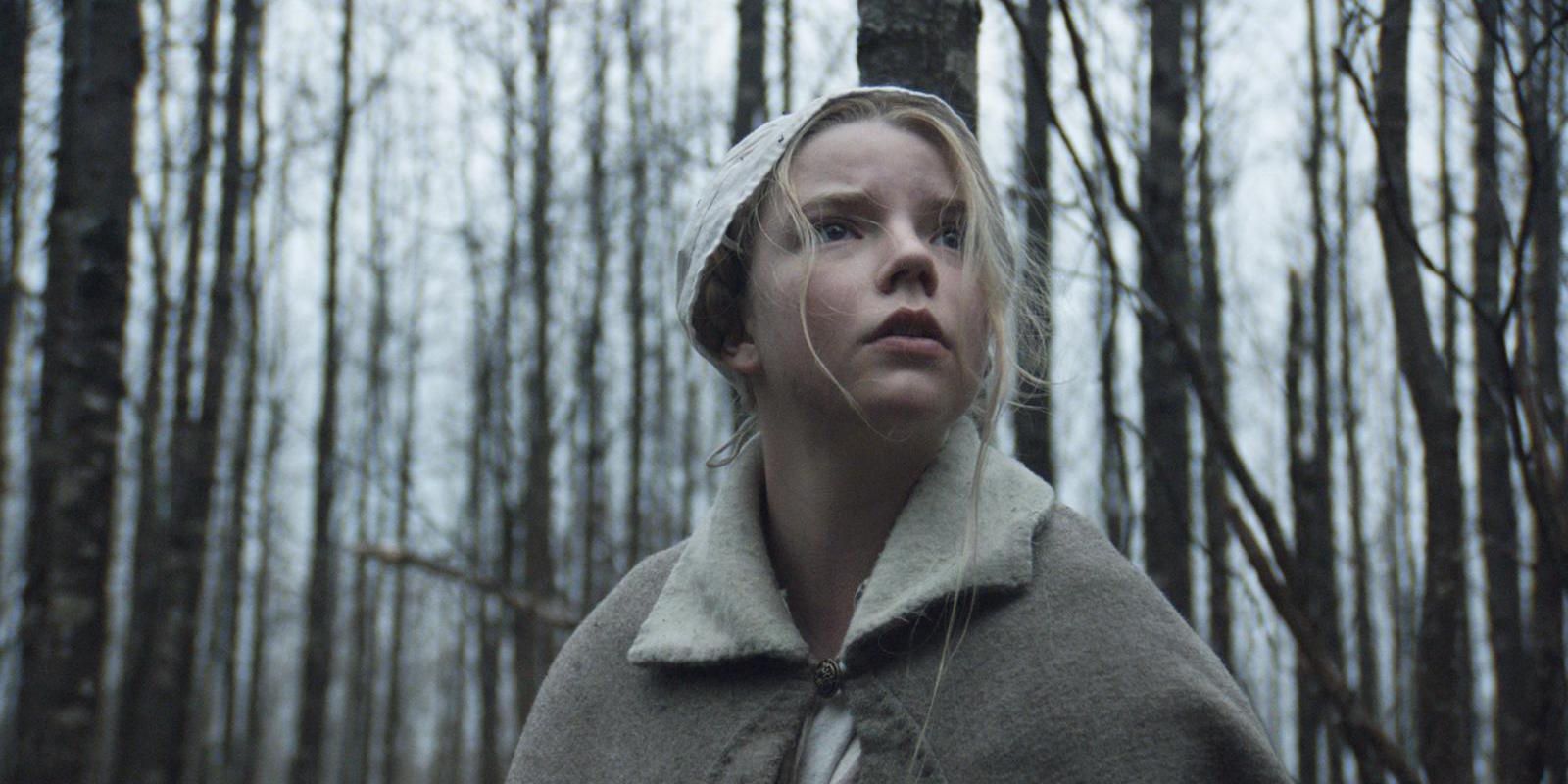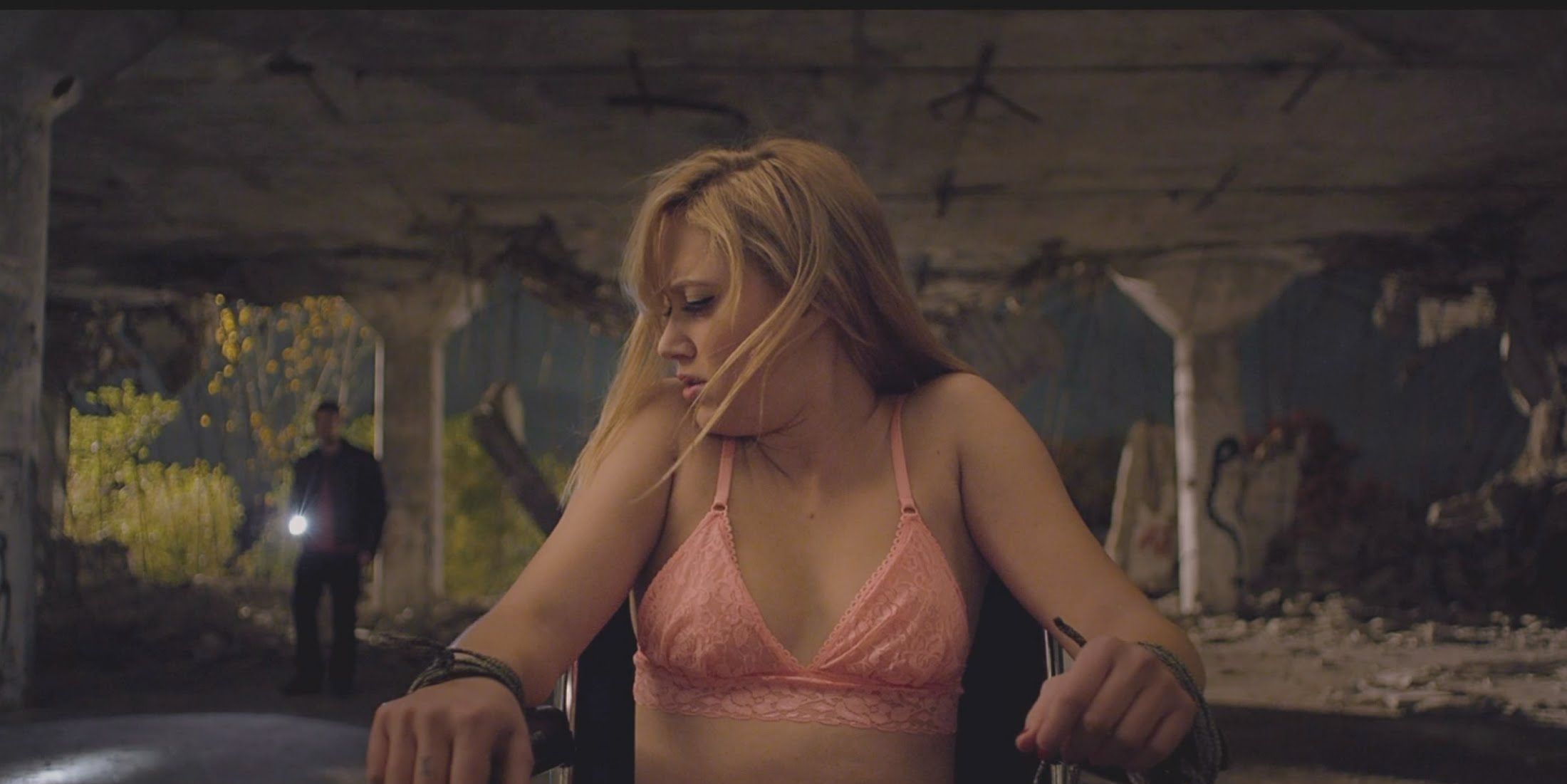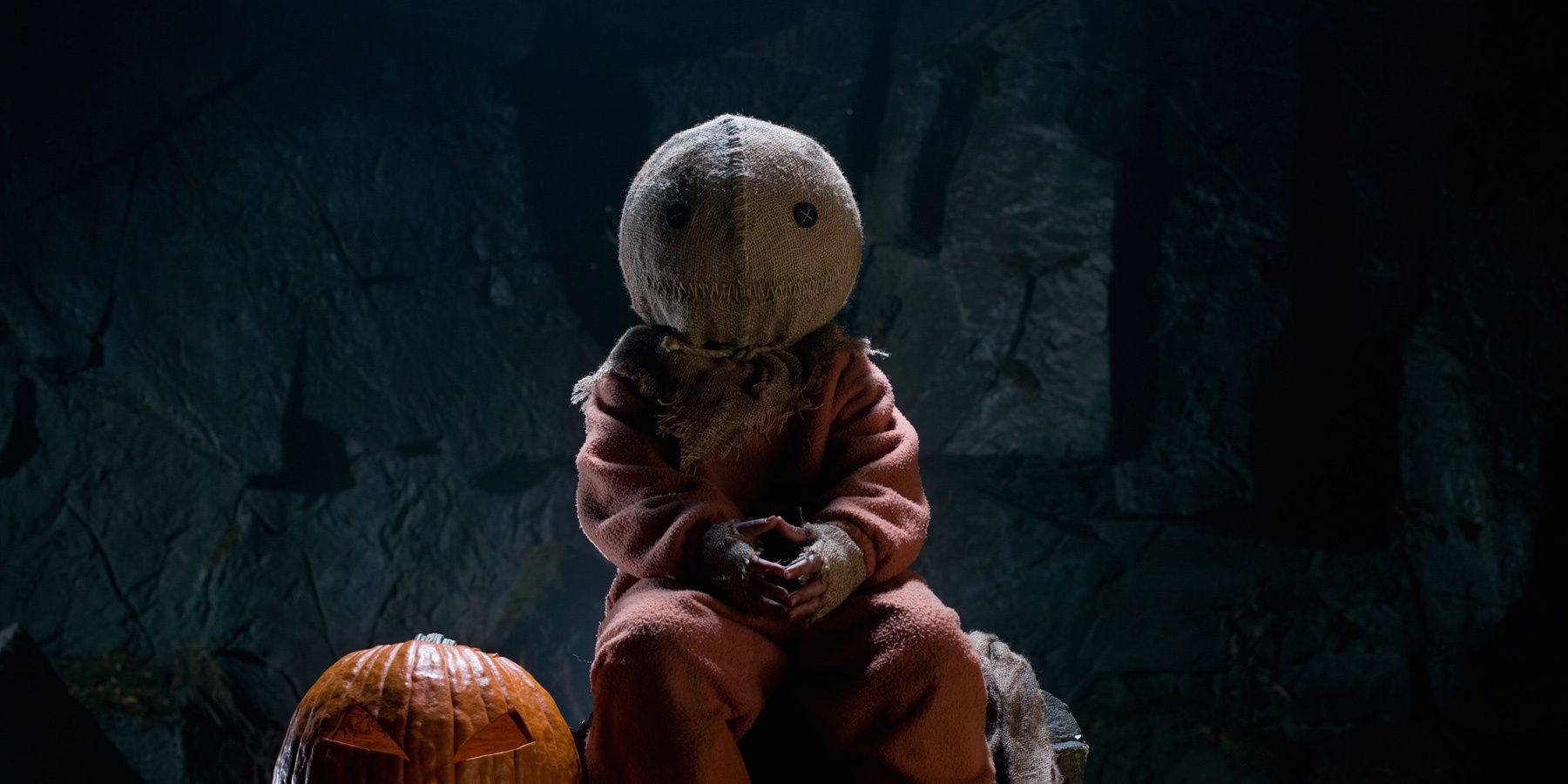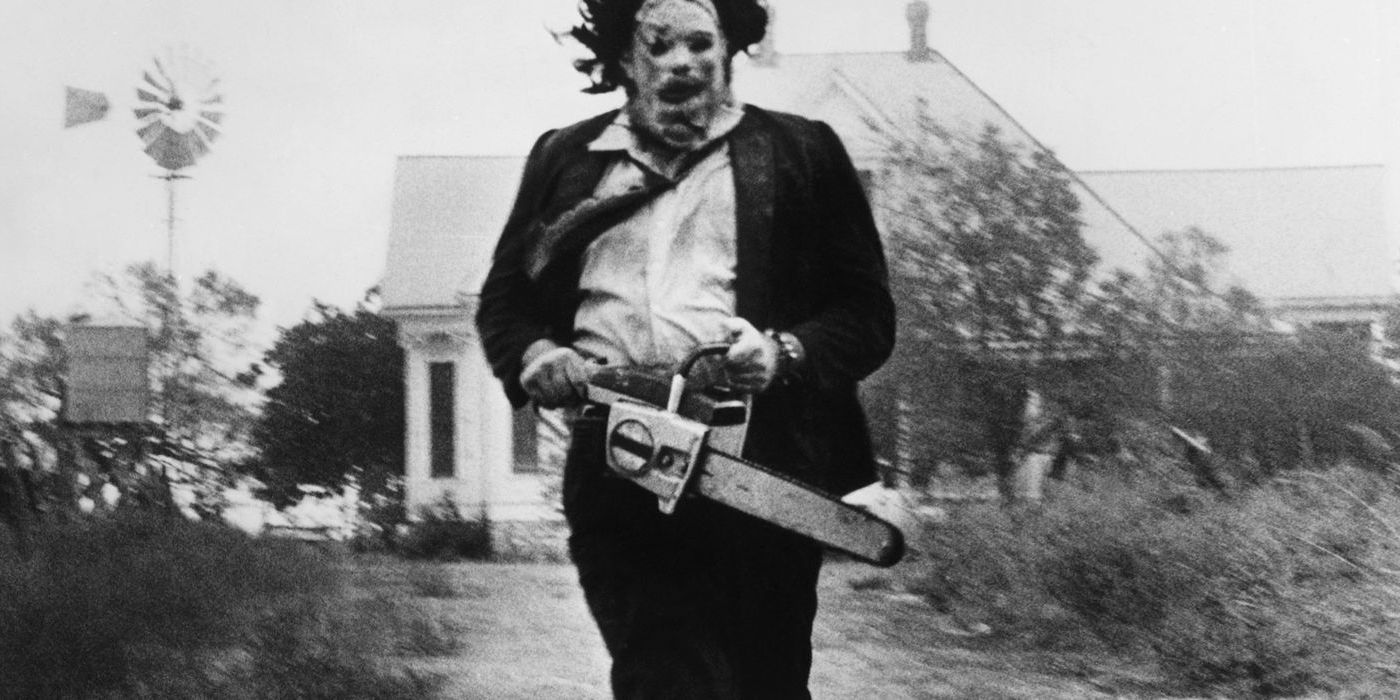With mainstream blockbusters starting to blur together, there doesn’t seem to be much variety at the box office as of late. If it’s not a superhero film, it’s a generic horror film looking to make a quick buck. The horror genre is big business, but that doesn’t mean it needs to involve a big budget or big names. The independent film industry is thriving right now because of how much creative control the directors have. They’re allowed to take the risks they want and come out with more original material - even if it’s considered controversial.
Independent distributors, such as A24, take chances on these controversial films and market them to a mainstream audience. Sometimes, they’re a hit and become classics later on. Other times, they spark debates on whether they have any value at all.
A big difference between an independent and mainstream horror film is the pace. Indies can be a slow burn because they focus on the characters rather than the cheap jump scares. The excitement comes from the dialogue and the setting. These films take advantage of those two elements and bring something new to an already exhausted genre; they are The 15 Best Independent Horror Movies Ever Made.
15. You're Next
Adam Wingard doesn’t get nearly as much attention as he deserves. He hasn’t directed much, but the few features he has under his belt have always gone under the radar. You’re Next is a very underrated film, mainly known for its meta and satirical material. When they’re on a getaway for their wedding anniversary, the Davison family finds themselves under attack by masked killers. While everyone is slowly getting killed off, Erin (Sharni Vinson) uses her secret survival skills to take these intruders on.
On the surface, You’re Next looks like a cliche horror film, but it has a little more to it. It appears to be self aware of how over exaggerated it is with ridiculous deaths and a twist that can be seen from a mile away. There’s also little quips about certain horror tropes (like the blonde woman not being appreciated) that poke fun at 80s horror films.
The spotlight definitely goes to Vinson’s portrayal of Erin. Wingard could have easily gone down a typical “final girl” route, but she actually has a reason for being so skilled in fighting. She’s not virginal or moral; she takes on four people all on her own simply by using her resources and wit. It’s not common that you get such a strong female character and Wingard uses her to her full potential.
14. The Invitation
It’s nice to see Karyn Kusama direct a good film again. After her breakout with Girlfight, she faced commercial failure with both Aeon Flux and Jennifer’s Body. Fortunately, she seems to have gotten her mojo back with The Invitation. Co-written by her husband, Phil Hay, and Matt Manfredi, The Invitation succeeds with its incredibly tense and claustrophobic setting.
Two years after a terrible tragedy, Will (Logan Marshall-Green) attends a dinner party thrown by his ex-wife and her new husband. He’s soon overcome by paranoia that they lured everyone here for their own terrifying agenda.
For the majority of the film, you’re on the edge of your seat, wondering if Will is right about these people or if he’s overthinking everything. There are disturbing confessions, depressing flashbacks, and the most awkward game of “Never Have I Ever.” Viewers might be put off by the slow pacing, but it works because it focuses on the characters and their own individual grieving processes. You get to see those personality traits bubble up in the beginning and then see them in play by the climax. This is a film that you want to go in without seeing any of the trailers because you want to remain surprised for this.
13. The Final Girls
According to TVTropes, the final girl is the last character left alive to confront the killer in a horror movie. Usually, these women are moral, virginal, and don’t do drugs or alcohol. It was prevalent in 80s slasher films but, in this day and age, it’s getting a little old. Todd Strauss-Schulson’s The Final Girls tackles this exhaustive trope in the most meta way possible.
It begins with Max (Taissa Farmiga) losing her mother, Amanda Cartwright, in an accident. Her mother was an actress, mostly known for the Friday 13th knockoff, Camp Bloodbath. After being asked to make an appearance for a special screening, she and her friends get sucked into the movie and have to fight off the film’s psychopathic killer.
The Final Girls uses comedy to poke fun at the cheesy scream queen cliches. The killer will only come around if a woman takes her top off or has sex. It also puts into question the role that women have in slasher movies. If they’re not the saviors, then they’re either promiscuous or just dumb. By having Max come in and disrupt the motion of the film, she’s able to get her mother’s character to realize that she is more than “just a shy girl with a clipboard.” Also, kudos to the writers for coming up with great dialogue such as,“You fucked with the wrong virgin.”
12. We Are Still Here
We Are Still Here takes the haunted house genre and cranks it up 100 notches. Taking a few inspirations from Poltergeist and other urban legend films, We Are Still Here relies on small town folklore to to tell its story.
After the loss of their son, Paul and Anne Sacchetti (Andrew Sensenig and Barbara Crampton) move to a secluded house in a rural town and try to move on with their lives. When they move in, Anne believes that their son’s spirit is in the house and small things begin to stir her suspicions. His least favorite photo gets knocked to the ground and his baseball bat rolls in front of her feet. She asks her spiritualist friends to try to communicate with him, but they conjure up something much more evil.
Even though it unravels in the third act, the story starts out as surprisingly complex. You get to know this seemingly quiet town and their disturbing motives with the house. Through mumblings and rumors, you add up that this town is not what it appears to be, and that the vengeful spirits might not be Paul and Anne's biggest problems. At only 84 minutes, the film is very fast paced, but makes sure to leave its audience with a big, gory climax.
11. Afflicted
Thanks to films like Twilight, vampire flicks have become a bit of a joke. Classics like Dracula seem to get buried under the Young Adult flops that have cursed the box office. Afflicted is a vampire film that flew under everyone’s radar in 2014. It’s a found footage film that follows two guys, Clif and Derek, as they take their dream trip to Europe. When Clif goes to check on Derek after he has a one night stand, he finds him bleeding and scratched up. Suddenly, he starts to throw up everything he eats and gets third degree burns from the sun. From there, we begin to witness Derek’s strange transformation into a vampire.
In movies, we usually see the vampire fully transformed into his new body. With Afflicted, we are watching first hand how a human changes into the famous monster. Similar to the film Chronicle, Derek takes advantage of his transition at first, but slowly starts to let it consume him. He starts as a “Carpe Diem” individual and ends as a monster who is just trying to find some blood to drink.
10. The Loved Ones
Australia is more known for their actors rather than their actual film industry (thanks again for Hugh Jackman). However, there are some hidden diamonds in the rough. The Loved Ones is a film that may seem rather disgusting at times, but you can’t help being fascinated by its lead villain. Lola (Robin McLeavy) is a quiet girl who just wants to take her crush, Brent (Xavier Samuel) to the prom. However, Brent already has a girlfriend and politely rejects her offer. Unfortunately, Lola doesn’t take rejection too well and has her father kidnap him for her own special prom.
Soon we see that the introverted Lola is actually a psychopath who, with the help of her father, lobotomize teenage boys and keep them in their basement. We don’t have many female villains in film so it was fascinating and kind of disgusting to watch Lola at work. Watching her father casually teach her how to drill holes into boys’ heads showed their odd (and incestuous) relationship. Although she’s a serial killer, she still has that “Daddy’s little girl” personality to her, even though her father is clearly wrapped around her finger. With her love for the color pink and torturing men, Lola completely redefines what feminism is.
9. Goodnight Mommy
Children usually have only two roles in horror: to either be annoying or creepy. Goodnight Mommy manages to make the children a little mixture of both. The film is mainly told from Lukas’ (Lukas Schwarz) point of view. He and his twin brother, Elias (Elias Schwarz), see their mother coming home after plastic surgery. Her face is completely covered in bandages with a seemingly different personality. In Lukas’ eyes, this person isn’t his mother and instead someone else hiding under those bandages.
What’s so interesting about having children as your point of view is the unreliable narration. We never get a full grasp of what’s happening because Lukas’ imagination keeps getting in the way. Instead, we get a story through dreams and imagery that he conjures up. He thinks that his mother is a monster and full of cockroaches which inhibits his ability to tell the audience a coherent narrative. Of course, this is what keeps us guessing about what’s real and what’s not
8. The Babadook
While The Babadook may be better classified as a psychological thriller, it shouldn’t be taken lightly. Jennifer Kent creates one heck of a character study in The Babadook, dealing with themes of depression and maternal struggles. Amelia (Essie Davis) is trying to raise her son, Samuel (Noah Wiseman), after her husband passes away in an accident. She’s having a tough time adjusting, especially with Samuel acting up and saying there’s a monster called The Babadook stalking him. After receiving a disturbing children’s book on their doorstep, Amelia begins to feel a mysterious presence and finds herself face to face with this monster.
Kent mixes horror with psychology as she dissects Amelia’s mind. The Babadook symbolizes not only Amelia’s depressive state but also her inability to let go of the past. The audience witnesses the monster slowly consume her sanity until she can’t even recognize her own child. The film doesn’t utilize cheap jump scares but instead brings fear through traumatic experiences.
7. V/H/S
V/H/S is one of the rare found footage films done right. The film is composed of multiple vignettes, each directed by different filmmakers (including Adam Wingard). V/H/S starts with a group of hooligans filming their exploits, which include smashing windows and sexually assaulting women. They decide to expand their criminal range after an anonymous source offers them a large sum to break into a house and steal a video tape. Once inside, they find a dead body and hundreds of unmarked video tapes. They decide to go through each one to make sure they find the right one.
From there, they witness several horrific events that vary from a flying demon ripping off someone’s genitals to men attempting to save a woman from an exorcism. These directors certainly got creative despite having such a short amount of time to tell these stories. Most of the creators are relatively unknown, but proved that they are capable of taking on bigger (and longer) movies.
6. The Witch
Despite being in business for only four years, A24 has been killing it with their distribution of quality movies. They have been taking in the controversial and diverse films that major studios wouldn’t even touch. In February of this year, they released The Witch, a feminist horror film set in the Puritan Era. While the marketing may have promised more jump scares than the film actually had, it’s the grim tone that makes this film so unsettling. The Witch follows a Puritan family in 1600 America trying to live a new life after getting exiled from their village. Once they’re settled into their new home, they begin to get mentally torn apart by witchcraft and other demonic forces. Director Robert Eggers takes his time getting the story rolling but, soon enough, possessions and hallucinations start to take over their minds.
But Thomasin (Anya Taylor-Joy) is the real focus of the story. For the majority of the film, her family doesn’t appreciate her at all. They just count down the days until she gets shipped off for to get married or become a governess. She’s not able to embrace her sexuality because of how frowned upon it was in that time. Eggers explores both witchcraft and femininity and how they are similarly oppressed. It brings a very different side to witches than the traditional “big nosed cackling hag.”
5. It Follows
2015 was a particularly good year for independent films. Movies such as Room, Spotlight, and Carol were bringing in awards left and right (even taking home best picture). Horror was no exception to the deluge of quality. David Robert Mitchell’s It Follows had a bite-size budget of $2 million and was able to make $14 million even though it was in very limited release. Mitchell’s horror film is a very slow burn, and takes advantage of its especially tense atmosphere.
After a seemingly innocent sexual encounter, 19 year old Jay (Maika Monroe) finds herself plagued by strange visions and the horrible feeling that someone is following her. Her one night stand leaves her with a set of rules: don’t let the supernatural being near you, and you can only pass it someone else through intercourse. From there, Jay and her friends try to find a way to outsmart an unknown force. Mitchell plays with the concept of paranoia in multiple ways. By only knowing the same amount of information as the characters, we are left in the same position. They have no idea where this supernatural element is coming from or if there is any way to stop it. All we can do is concentrate on the extras in the background and fearfully wonder if they’re real people or not.
4. Trick r Treat
While the younger crowd has Hocus Pocus for their yearly Halloween treat, the adults get to indulge in the wildly fun Trick r Treat. No matter how exhausted the horror tropes are, Michael Dougherty was able to put an interesting twist on everything in in the film. Consisting of four interwoven stories, Trick r Treat follows the residents of a seemingly normal town on Halloween. However, the town proves to be anything but normal; the local school principal is a child murdering sociopath and there are child zombies left over from a tragic incident decades ago.
Along with the beautiful set designs, the film’s greatest strength is Dougherty's obvious love of the lore and superstitions of Halloween. That passion is embodied in the poster child for the film, simply known as Sam. Sam is an unknown being in a burlap sack and a pumpkin head. He’s one of the only common links between the stories and kills anyone who doesn’t honor the rules of Halloween, such as refusing to pass out candy. While John Carpenter’s Halloween is still among the classics, Trick r Treat is the best film for appreciating the holiday.
3. The Texas Chainsaw Massacre
Even with the numerous remakes and spin-offs, the original The Texas Chainsaw Massacre still remains a slasher classic. Because it was considered controversial due to its violence, it faced difficulty in acquiring distribution. Even when it did premiere in theaters, it got outright banned in several countries due to the content.
The film follows a group of teenagers who are murdered one by one by the chainsaw-wielding Leatherface. After Sally gets captured, she has to endure his very sadistic family mentally torturing her. No matter how many times you watch this film, it’ll be just as terrifying every time. The dinner scene is a prime example of a torture scene without any blood or gore. It’s essentially a long sequence of close-up shots of everyone’s eyes, contrasting Sally’s fear and the family’s insanity. While Halloween has been called the start of the slasher genre, The Texas Chainsaw Massacre has been called one of the pioneers of the “torture porn” genre.
2. Halloween
Halloween really defined the slasher film. With only a $300,000 budget, John Carpenter created one of the most famous villains in movie history. After its huge success, Michael Myers influenced the creation of many quintessential killers such as Jason Voorhees and Freddy Krueger.
Using just a suburban neighborhood as its setting, Carpenter is able to instill fear through simple means. We see Laurie Strode (Jamie Lee Curtis) in windows and from afar so the audience can also participate in Michael’s voyeurism. We can sense his repressed sexuality and cringe on Laurie’s behalf everytime we see him behind her. That’s one of the main reasons why Halloween is so frightening. Filmmakers can throw as many ghosts and vampires they want in our face, but we know they’ll never be real. A home invasion by a murderous stalker can very well happen, so seeing Michael continuously follow Laurie can be a little too real for some people. The fact that it’s still relevant today makes it a horror classic now and for years to come.
1. Evil Dead
Even though Sam Raimi was introduced to mainstream filmgoers through his Spider-man trilogy, he was already considered a legend for the Evil Dead series. Starting out as a complete unknown, Raimi took his $350,000 budget and made one of the most famous horror films of all time. Its success rooted an entire franchise, including a decent 2013 remake and a television series.
It follows a group of friends who travel to a cabin in the woods. There, they find the Necronomicon (also known as the Book of the Dead). When one of them recites an incantation from the book, it unleashes flesh-eating demons who start to take out each person one by one. Even though the second and third installments get progressively more campy, the first one strictly sticks to horror.
And of course, we cannot forget about the film’s biggest star. Evil Dead probably wouldn’t be as famous without Bruce Campbell taking the lead. Campbell made a brilliant debut as Ash Williams, one of horror’s most famous protagonists. With his iconic lines and chainsaw, he became a big staple in pop culture. He’s the only one who’s able to say “groovy” and not seem lame.

